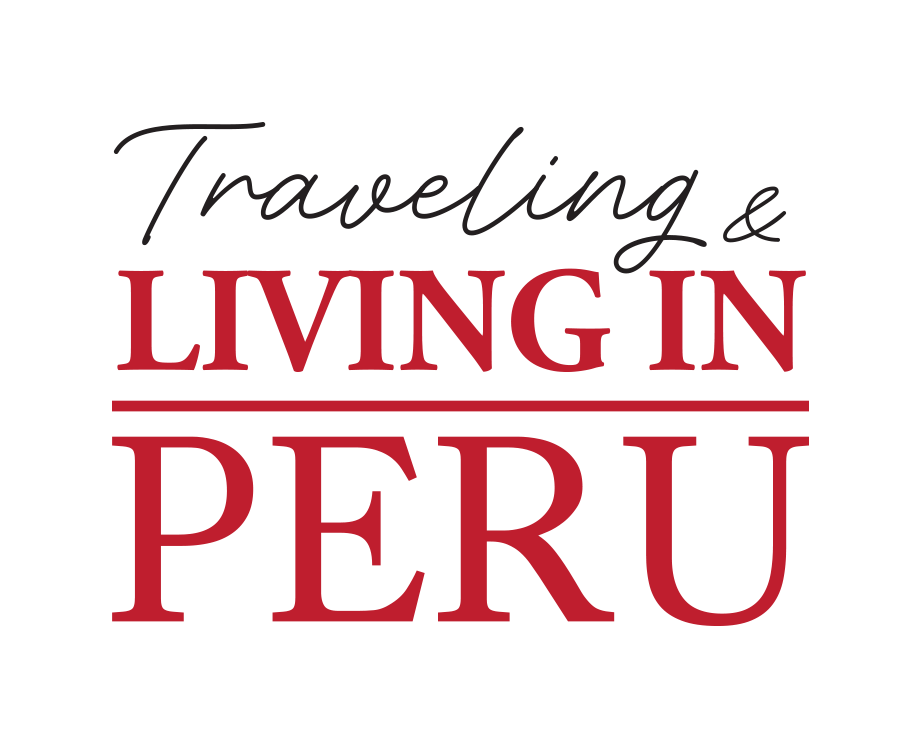Geographically speaking, the Paracas National Reserve is one of the most spectacular places in Peru. Located in Ica, the desert coast of the Pacific, regular wind storms reveal geographic and archaeological secrets from the past.
Edging towards the Andes in a dramatic spread of beiges, pinks, and purples, the arid desert meets the frigid Pacific waters at the Paracas National Reserve, creating a rich environment of biological diversity.

The Paracas National Reserve is an area of about 113 square miles where the desert meets the ocean in an explosion of life.
Almost one third of the reserve is desert that, millions of years ago, was under the Pacific Ocean until the Nasca and South American plates collided and the Andes Mountains were born.
In this ancient territory characterized by beautiful geological formations created from water and wind, one can still find fossils of the whales and dinosaurs that once populated the region. There also are close to 100 archaeological sites left by the Paracas and Nasca people, both of whom developed societies based on agriculture, fishing and shellfish collecting. Their remains attest to societies able to adapt to their environment.
Without doubt, it is the cold Humboldt Current, densely inhabited by plankton, that constitutes the base for the complex food chain that allows a variety of sea animals – from penguins to whales – to flourish.
There are 216 species of birds, between resident and migratory, 36 mammals, 10 reptile species and 168 species of fish in the Paracas National Reserve, making it the most bio-diverse coastal area in Peru.

Maybe the most surprising animal that makes an occasional appearance over the desert is the condor. Periodically, condors fly down to the coast from the Andes to hunt for marine life. That said, the animals most seen are foxes, sea lions, penguins, pelicans, seagulls, Inca tern, guanay cormorant and Andean flamingo, which have white bodies and red wings, inspiring José de San Martín, who led Peru`s War of Independence, to create the Peruvian flag.
One of the most popular tourist sites in Paracas are the Ballestas Islands, a group of small islands where a variety of birds live among a large sea lion colony.
The Ballestas also are a part of the National Reserve of Islands and Guano Points, a conservation Project that includes 22 small islands and 11 points along the Peruvian coast where birds congregate and guano is produced in large amounts.

In the end of the 19th Century, Peruvian guano exportation made economic history for the country. Unfortunately, it also led to the environmental destruction of many coastal areas. Today, thanks to the creation of the Reserve, an effort is being made to find a balance between conservation and the extraction of this important resource, creating a sustainable business for Peruvians that also respects the area’s ecological health.
The Paracas National Reserve represents a breath of fresh air in the face of human development and the growth of cities. The Reserve allows visitors a chance for an up close look at the desert, the ocean, the sky and their inhabitants; and, with each gust of wind, it reminds us that once in the distant past all of this was untouched.


